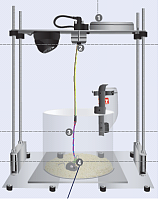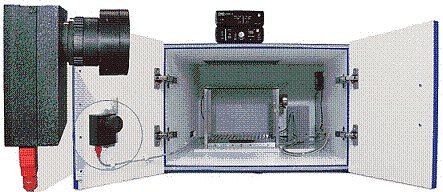Video-EEG Monitoring Methods for Characterizing Rodent Models of Tuberous Sclerosis and Epilepsy
互联网
566
Tuberous Sclerosis Complex (TSC) is a genetic disease involving dysregulation of the mTOR pathway and resulting in disabling neurological manifestations, such as epilepsy. Animal models may recapitulate epilepsy and other behavioral features of TSC and are useful tools for investigating mechanisms of epileptogenesis and other neurological deficits in TSC. In this chapter, methods for performing video-electroencephalography (video-EEG) to characterize epilepsy and neurological dysfunction in rodent models are reviewed. In particular, technical aspects of surgical implantation of EEG electrodes, video-EEG recording, and analysis and interpretation of EEG data are detailed. These methodological approaches should be helpful in characterizing seizures and background EEG abnormalities not only in animal models of TSC but also in many rodent epilepsy models in general.









